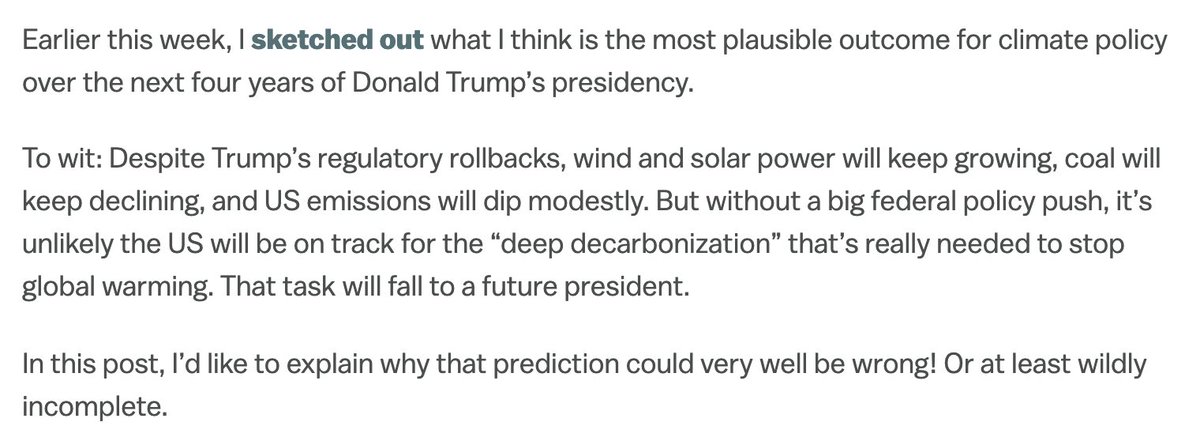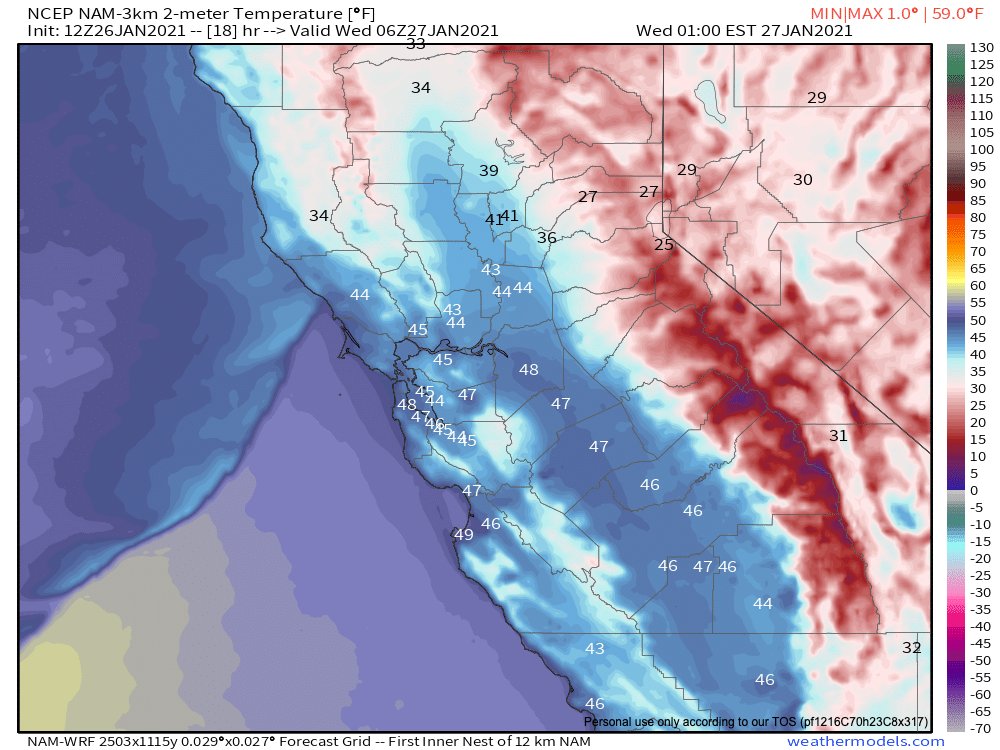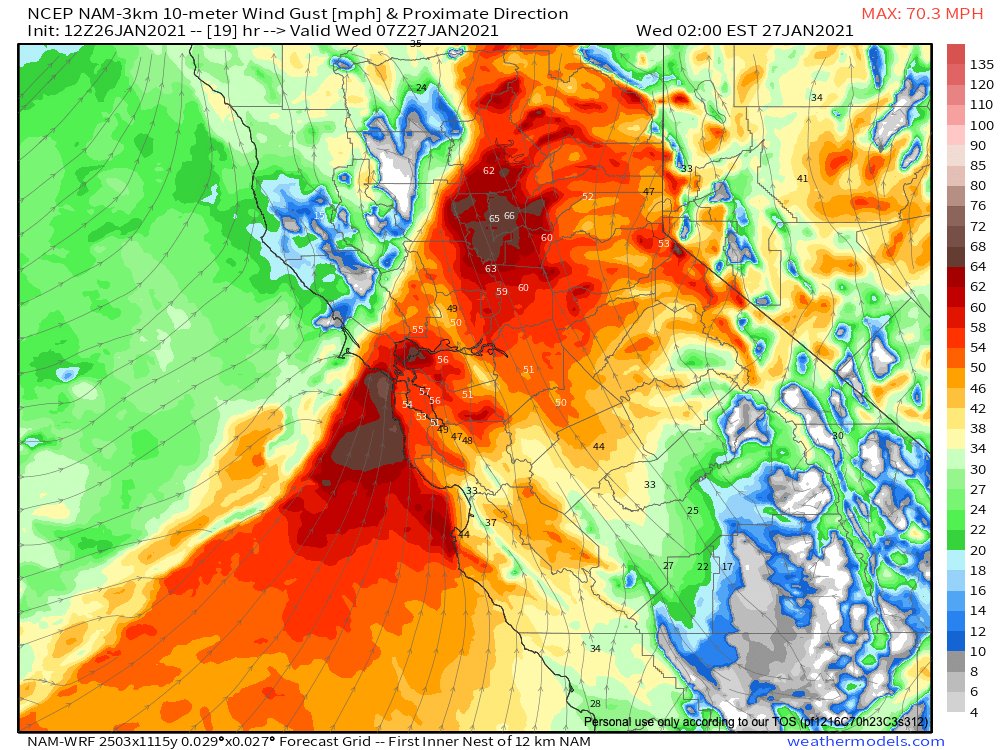Thread on snow ratios. The snow ratio, or snow-to-liquid ratio states how many inches of snow, when melted, yields one inch of liquid water. Ratios are usually around 10:1 or 12:1, but can vary from as little as 6:1 or as high as 30:1, or sometimes more. 1/



1) Large upward motion in the DGZ, which depends on the forcing for ascent and the stability of the DGZ and
2) A deep DGZ
6/
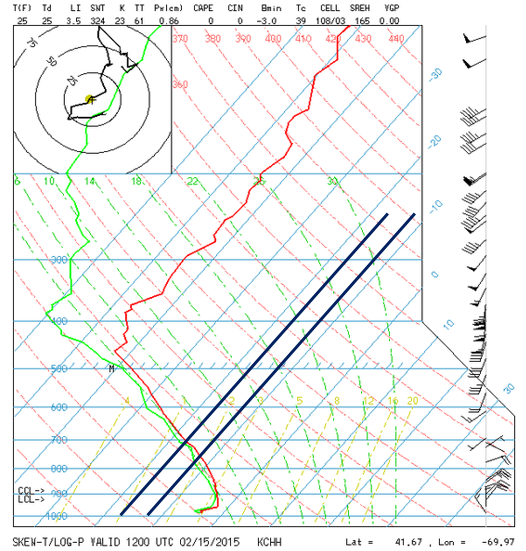
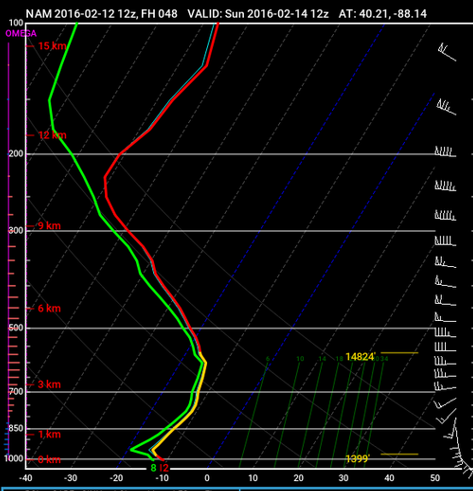
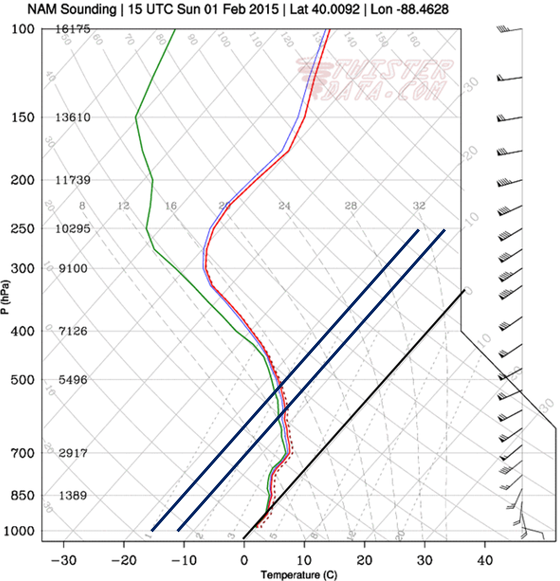
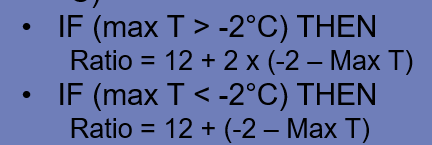
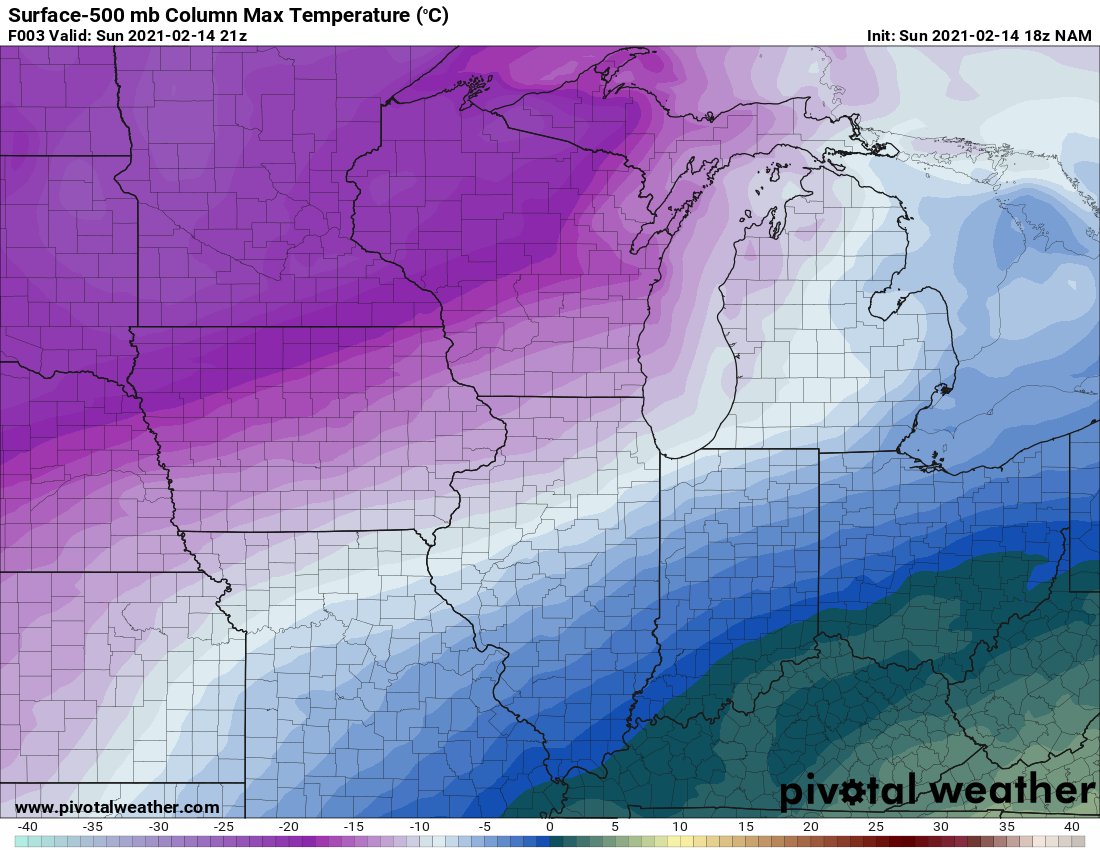
More from Climate change
The forests of Russia, Mongolia, Canada, Scandinavia and the US will experience unprecedented destructive heat by 2029 with staggering consequences for life on Earth.

Feedback loops created by permafrost melt & wildfire destruction represent just a few of the terrifying effects of climate change on boreal forest ecosystems, which are particularly at risk to rising temperatures. ⚠️🔥
https://t.co/zZNKrRnqoZ
Massive wildfires are already here.

More forest fires are burning in the Arctic in recent years than any time in the last 10,000 years.
🔺these massive arctic fires are showing worrying signs of becoming a vicious cycle
Wildfire-related carbon releases from permafrost regions will quadruple within decades.
Arctic wildfires, impacted by global warming, are in turn contributing to more climate breakdown.
🔺An increase in boreal & tundra fires in the future will enhance permafrost thawing.

Feedback loops created by permafrost melt & wildfire destruction represent just a few of the terrifying effects of climate change on boreal forest ecosystems, which are particularly at risk to rising temperatures. ⚠️🔥
https://t.co/zZNKrRnqoZ
Massive wildfires are already here.

More forest fires are burning in the Arctic in recent years than any time in the last 10,000 years.
🔺these massive arctic fires are showing worrying signs of becoming a vicious cycle
Wildfire-related carbon releases from permafrost regions will quadruple within decades.
Arctic wildfires, impacted by global warming, are in turn contributing to more climate breakdown.
🔺An increase in boreal & tundra fires in the future will enhance permafrost thawing.
The UK government's climate advisory body is launching its next carbon budget: basically, outlining what the UK can emit between 2033 and 2037. It's a big deal - launch video starting right now.
Watch along:
Will tweet along snippets. Pretty relevant to...............everything, really. #UKCarbonBudget
"Instead of being just a budget, it's a pathway we have to tread to reach net zero in 2050" @lorddeben
Just like quite a few other modelling exercises, CCC use a spectrum between behaviour change and between technological change. #UKCarbonBudget.
Both = best (just like @AEMO_Media's Step Change scenario in their ISP)
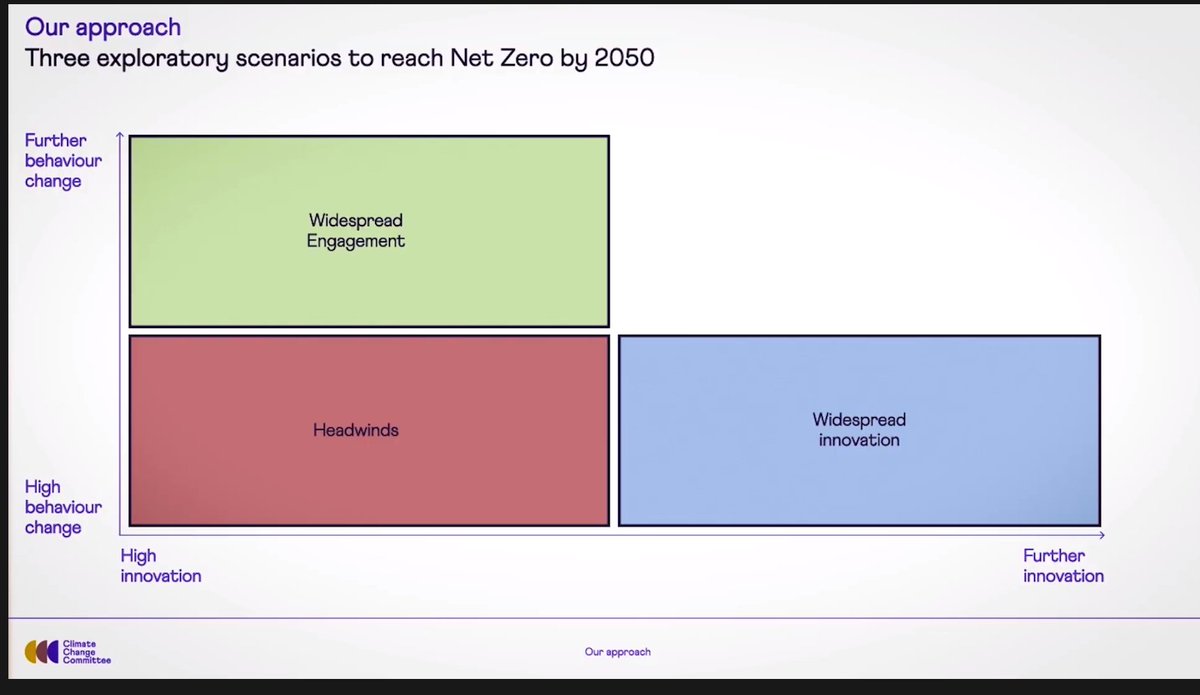
'Balanced' is what they use for their recs. "We're doing 60% of the emissions reductions in the first 15 years, and then 40% in the next".
The slinky kitty curve....good to see. No evidence of delaying action to Dec 29 2049, here. #UKCarbonBudget
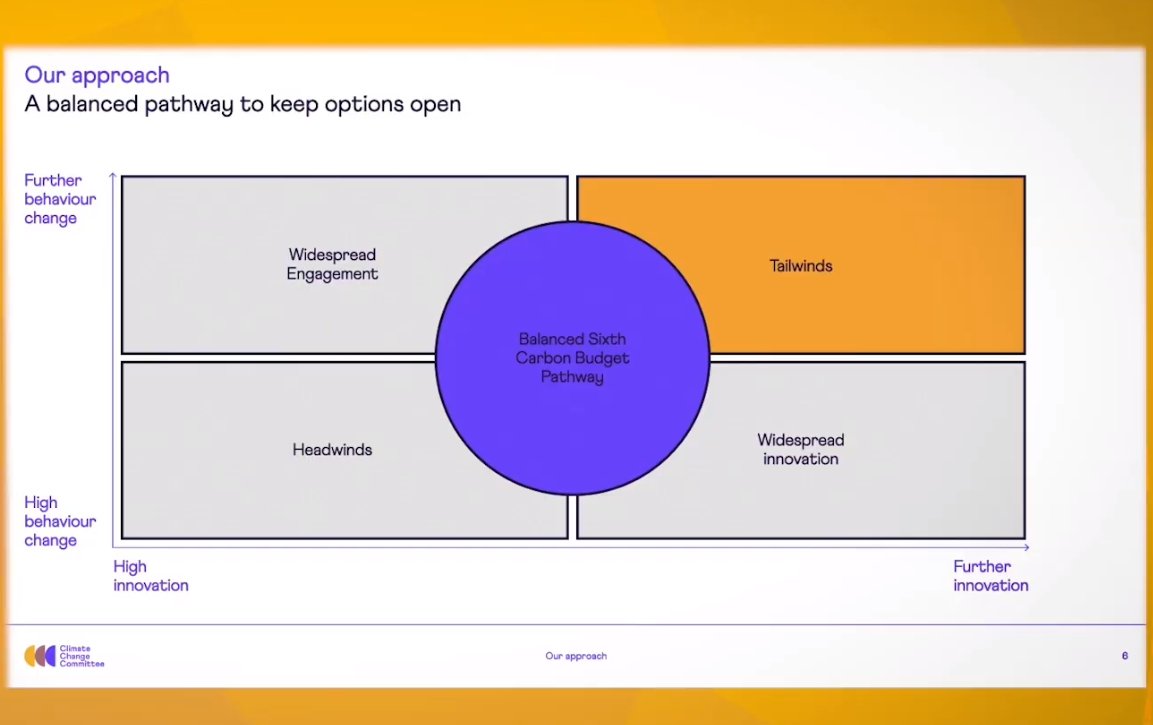
"By front loading, we're minimising the UK's contribution to cumulative emissions" - really important point. A slow path to net zero - more climate harm than a fast one. #UKCarbonBudget
Watch along:
Just 15 mins until the launch event for our new advice to Government on the Sixth Carbon Budget. If you haven\u2019t registered, you can watch live on YouTube from 10am. Link: https://t.co/PjlcIDSYEC #UKCarbonBudget pic.twitter.com/1zOTfmxDVp
— Climate Change Committee (@theCCCuk) December 9, 2020
Will tweet along snippets. Pretty relevant to...............everything, really. #UKCarbonBudget
"Instead of being just a budget, it's a pathway we have to tread to reach net zero in 2050" @lorddeben
Just like quite a few other modelling exercises, CCC use a spectrum between behaviour change and between technological change. #UKCarbonBudget.
Both = best (just like @AEMO_Media's Step Change scenario in their ISP)

'Balanced' is what they use for their recs. "We're doing 60% of the emissions reductions in the first 15 years, and then 40% in the next".
The slinky kitty curve....good to see. No evidence of delaying action to Dec 29 2049, here. #UKCarbonBudget

"By front loading, we're minimising the UK's contribution to cumulative emissions" - really important point. A slow path to net zero - more climate harm than a fast one. #UKCarbonBudget



